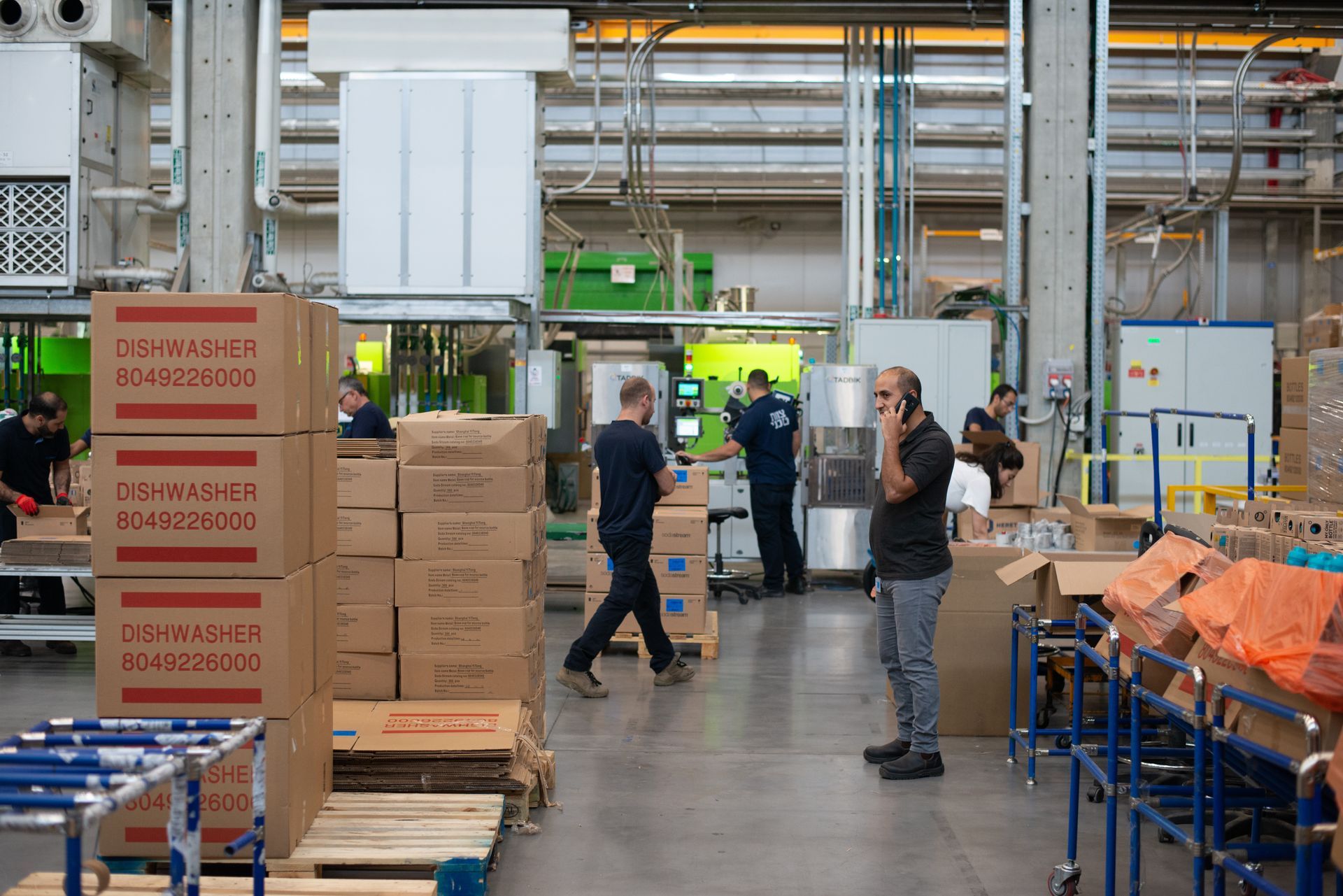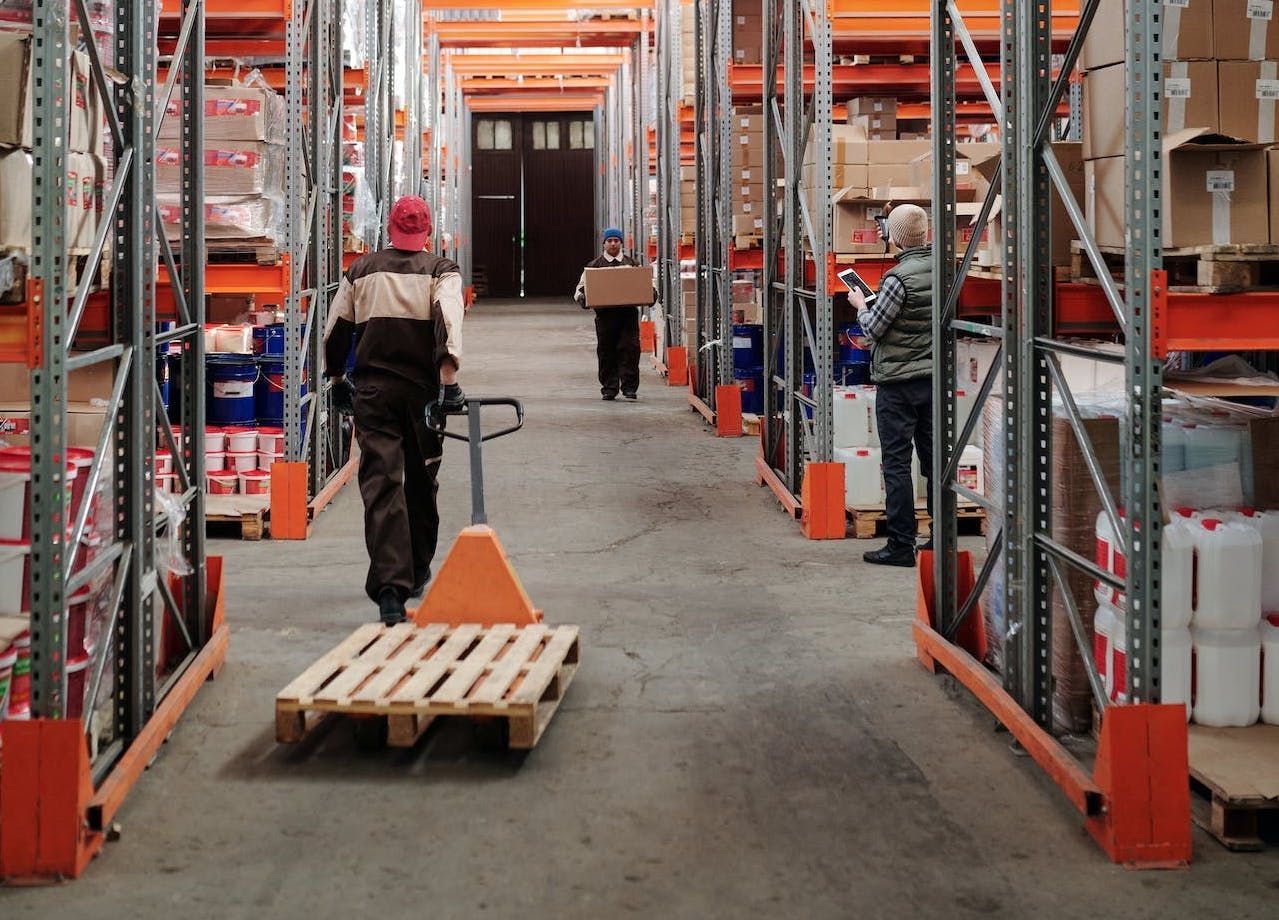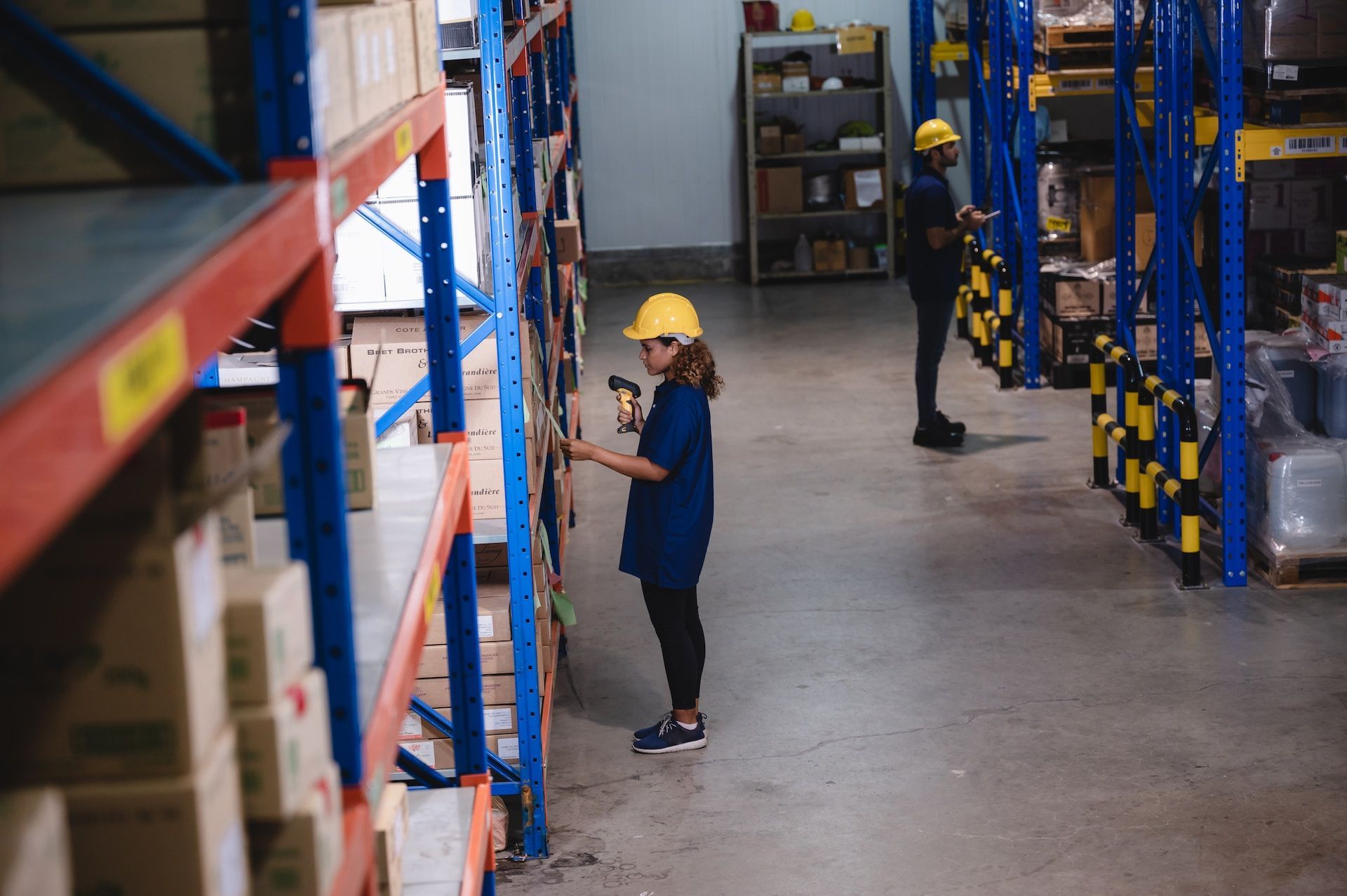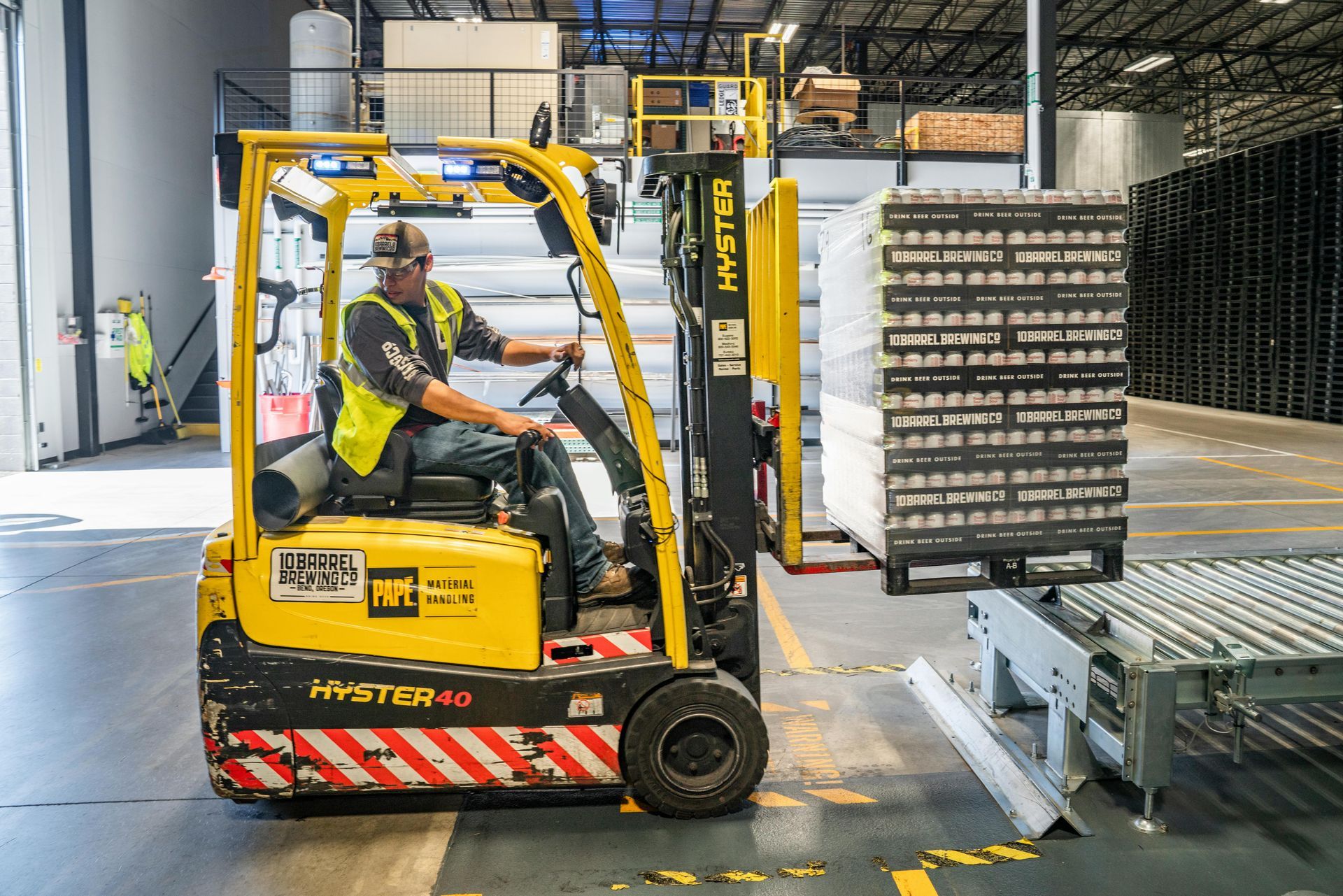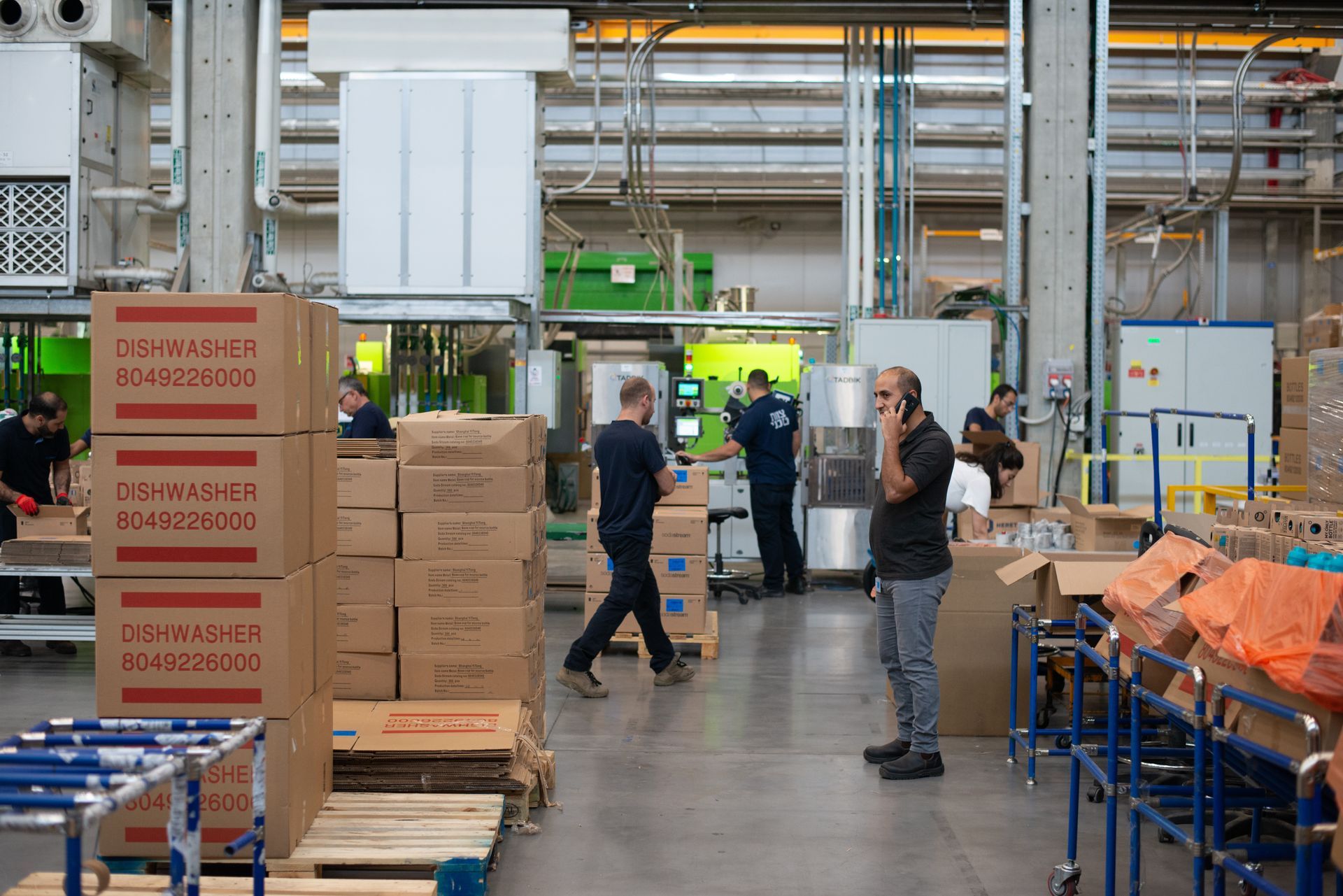Enhancing Warehouse Sustainability with Temporary Staffing
The warehouse sector is an indispensable pillar in the global supply chain, crucial for maintaining seamless operations for countless businesses. With the increasing emphasis on green, sustainable operations, the sector is experiencing a significant shift in its functioning and management. Among the many strategies being adopted to achieve this sustainable transformation, the role of temporary staffing has emerged as a vital element.
Temporary staffing, or contingent workforce, refers to the practice of hiring employees on a non-permanent basis, such as freelancers, independent professionals, or temporary contract workers. This approach can offer several benefits, including flexibility, reduced overhead costs, and the ability to quickly scale up or down the workforce based on demand. However, its implications extend beyond mere operational efficiency or cost-effectiveness.
Temporary staffing, thus, is not just a measure to plug labor gaps or manage peak periods, but rather a strategic tool which can significantly enhance the green credentials of warehouse operations. To that end, an in-depth understanding of this symbiosis between temporary staffing and green operations is crucial for warehouse industry stakeholders striving to achieve operational excellence while endorsing sustainable practices.
Minimizing Carbon Footprint with Flexible Workforce Strategies
Temporary staffing solutions can help warehouse businesses significantly reduce their carbon footprints by providing the flexibility to scale their workforce up or down as needed.
1. Reducing Employee Commuting: By selectively employing temporary workers when and where they are needed most, warehouse businesses can reduce the number of employee commutes, thereby decreasing carbon emissions and traffic congestion.
2. Optimizing Workforce Scheduling: Implementing temporary staffing solutions enables adaptive scheduling, allowing warehouse businesses to operate in a more energy-efficient manner and reduce overall carbon emissions.
Smarter Resource Allocation for Sustainable Operations
Incorporating temporary staffing into warehouse operations allows for more sustainable allocation of resources, including energy, water, and equipment.
1. Energy Efficiency: Temporary staffing can help streamline operations and manage fluctuations in demand, facilitating energy-efficient processes and minimizing wastage of resources.
2. Sustainable Equipment Use: With the flexibility to scale the workforce accordingly, temporary staffing enables warehouse businesses to allocate equipment more efficiently, reducing the wear-and-tear on machines and saving both energy and maintenance costs.
Supporting the Integration of Sustainable Technologies
Temporary staffing solutions can play a critical role in the seamless adoption and integration of renewable energy and other eco-friendly technologies in warehouse operations.
1. Expertise in Sustainable Technologies: Warehouse businesses can benefit from the specialized skills and expertise of temporary workers in implementing green technologies, such as solar panels, energy-efficient lighting, or smart HVAC systems.
2. Flexible Workforce for Smoother Integrations: The adaptability and scalability brought by temporary staffing enable warehouse businesses to carry out the retrofitting or installation of sustainable technologies with minimal disruptions to regular operations.
Enhancing Waste Management and Recycling Efforts
Temporary staffing solutions can support the execution of advanced waste management and recycling initiatives, further increasing the overall sustainability of warehouse operations.
1. Implementation of Zero Waste Strategies: Temporary workers specialized in waste reduction and sustainability can help warehouse businesses effectively implement zero waste strategies, minimizing waste generation and promoting recycling and reuse of resources.
2. Streamlining Recycling and Sorting Systems: Warehouse businesses can use temporary staffing solutions to introduce skilled labor for streamlining recycling and sorting systems, enabling efficient processes that reduce waste and maximize resource recovery.
Advocacy and Training for Sustainable Practices
Temporary staffing solutions can also support warehouse businesses in raising awareness and training of sustainable practices among their workforce, facilitating lasting behavior changes that contribute to a greener operational model.
Exploring the Influence of Temporary Staffing on Green Sustainable Practices in Warehouses
Incorporating temporary staffing solutions into warehouse operations offers significant potential for enhancing sustainability and reducing companies' environmental footprints. By leveraging the flexibility and specialized expertise of temporary staffing, warehouse businesses can optimize their operations, minimize carbon emissions, maximize resource efficiency, and support the integration of green technologies and advanced waste management initiatives.
Embracing temporary staffing solutions is an effective and strategic approach for warehouse businesses seeking to create greener operations and contribute to a more sustainable future. As one of the
best warehouse staffing agencies, Front Line All Temps can provide invaluable support and resources, enabling warehouse businesses to make the most of the synergies between temporary staffing and sustainability.


